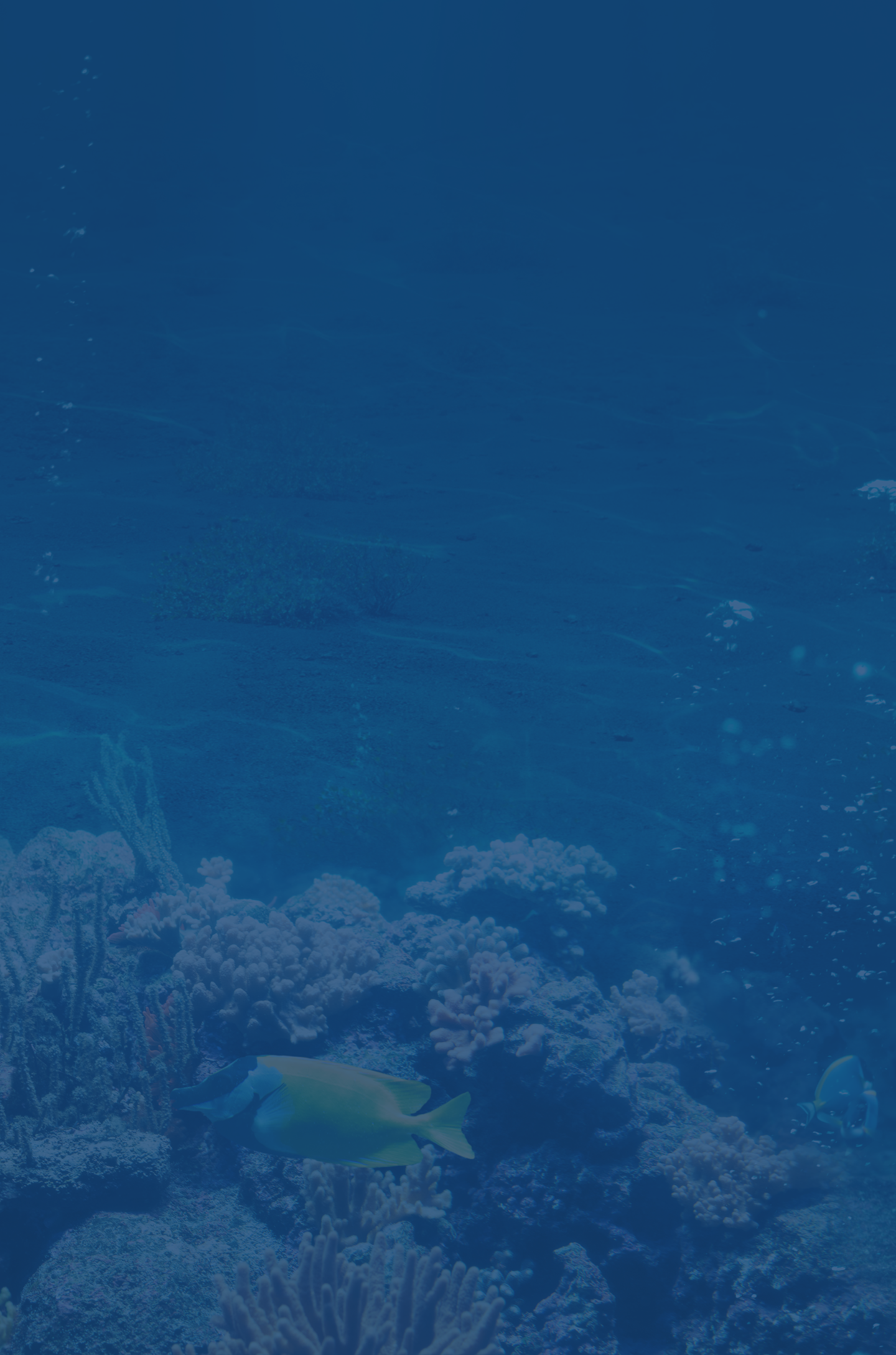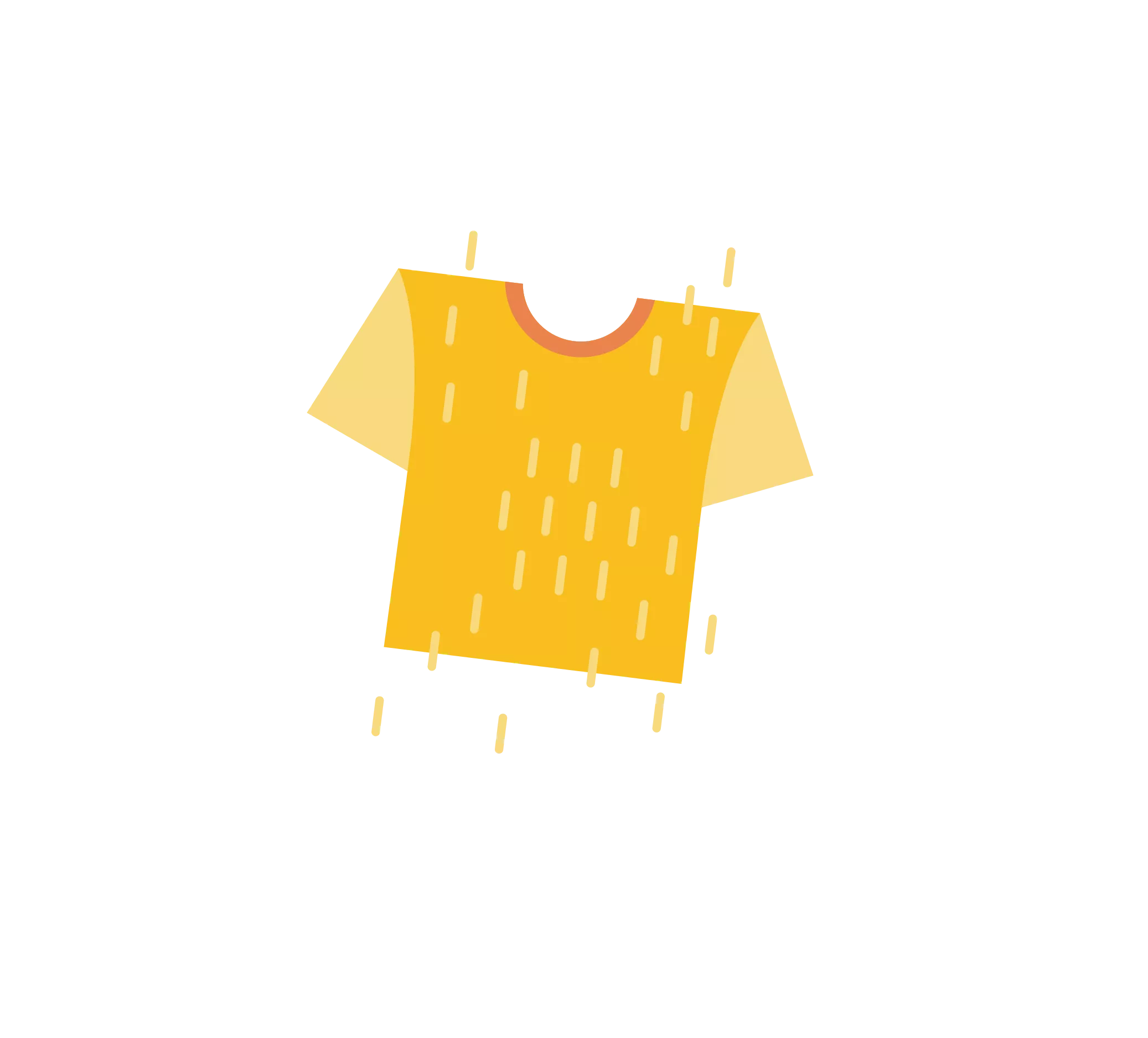The solutions
Plastic pollution,
from scientific research to action
Today the problem of plastics at sea is multiple. From large pieces of trash to invisible micro-fragments, the impacts are very diverse. Given the impossibility of cleaning up the accumulation of microplastics at sea, the most effective solution is to stop the flow of waste coming from the continents.
Together we can
redefine the contours of our
economy. In collaboration with
economic players, we can change the way
plastics are produced, limit our
our consumption and better
manage our waste.


The circular economy, a challenge for tomorrow?

The circular economy
a challenge for tomorrow?
Fossil fuels
non-renewable resources
Solutions may be found in nature
Marine bacteria
can transform plastic
Let’s take
action!
Solutions are possible
Hover over the different cards to discover eco-responsible and sustainable alternatives
Recycling, refunding and other alternatives are progressing every day, but the sorting stage remains essential.
Learn more


Nature does not produce waste! Plastics at sea have become a symbol of the impact of man on the environment. Inventing plastic material was an incredible technological advance for our societies (medicine, automobiles, electronics, etc.) but its use today is creating an uncontrollable nuisance on the environment.
We must become key players in the “plastic transition.”
To ensure that our “plastic footprint” is not imposed on future generations, all of us — with the help of science, and innovation








